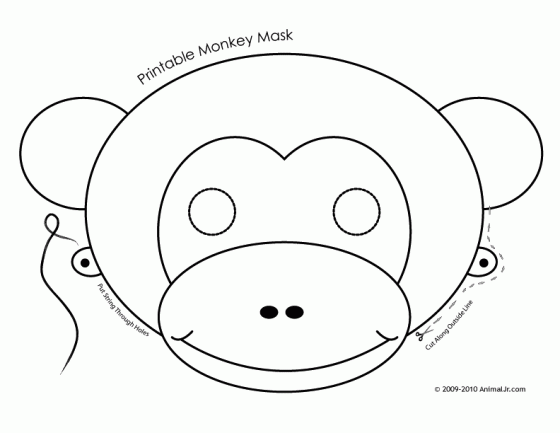It’s that time of year! We are rehearsing “Jingle Bells,” we are juggling exams and grading, and we are trying to teach our students a bit about our English-speaking cultural holiday traditions! At our school, we focus on Christmas, although many of our activities have a general winter theme so that we don’t interfer with anyone’s cultural or religious followings.
Today we’re sharing our three new activities for this year!
1. Very young ESL learners and The Christmas Tree
One of the first things that we teach students when studying about Christmas is the tradition of a Christmas tree. This can tie in nicely with their science courses (the parts of a tree; deciduous vs evergreen; trees around the world; etc.) and the vocabulary is easy enough.
We use the Christmas carol O Christmas Tree as a sing-a-long in the class. Then, each student gets to decorate an ornament (which we found on Google Images and pasted to card to make them sturdy) and hang it on our big primary tree.
Finally, help them read the lyrics to O Christmas Tree that you’ve printed out on a piece of paper. Add a color-by-number Christmas tree to half of the paper and fast finishers can color another beautiful decoration!
2. Dextrous ESL learners and The Recycled Snowman
This activity is great paired with a cute story about a snowman or playing in the snow. We found three appropriate stories in English in the youth section of our local library, and Amazon.com and Abebooks.com has lots of possibilities! (Don’t forget that you can download lots of ebook options if you have a projector in your class!)
Then we make a little snowman out of a recycled toilet paper roll (ah, the neverending craft supply box!) and a recycled sock. Googly eyes and white stickers that can be painted as buttons and then stuck on quickly help this activity to run smoothly. This requires a bit of preparation, but this website walks you through it. These are super adorable but not for tiny fingers!
3. Late Primary Students and The Snowflake Wonderland
Moving away from the traditional themes of Christmas and more towards the theme of winter wonderland, this activity allows us to talk about the science behind snowflakes. Why do snowflakes form (lesson on solids, liquids and gases)? How many sides do snowflakes have (lesson on geometry and symmetry)? Where can we see snowflakes (general winter vocabulary lesson)? Have you seen any films with snowflakes (our students are going crazy – in a good way – when they sing “Let it Go” from the film Frozen and then gap fill the lyrics)?
As a craft, they can make their own paper snowflakes and create a winter wonderland in a room or corridor. This website teaches you how to make them (depending on the age, your students might need a bit of help with the last step before cutting).
All of these activities will please parents and other teachers, decorate your learning space (think less bulletin board duties for you!), and give your students a great use for their pre-holidays energy.
What’s your favorite Christmas activity? Share it with us in a comment! And have a happy holiday season!





















